What is climate change?
Climate change is generally defined as a significant variation of average weather conditions—say, conditions becoming warmer, wetter, or drier—over several decades or more. It’s the longer-term trend that differentiates climate change from natural weather variability.
Record floods. Raging storms. Deadly heat. Climate change manifests itself in myriad ways and is experienced by every living being, although not equally. Throughout the world, the economically disadvantaged and people of color—those who have contributed the very least to the root causes of climate change—are the most likely to suffer from its worst impacts. Here are the basics on what causes climate change, how it’s affecting the planet and its people, and what we can do about it.
How is climate change measured over time?
Climate refers to the general weather conditions of a place as measured over many years. In the United States, for example, Maine’s climate is cold and snowy in winter while South Florida’s is tropical year-round.
Earth-orbiting satellites, remote meteorological stations, and ocean buoys are used to monitor present-day weather and climate, but it’s paleoclimatology data from natural sources like ice cores, tree rings, corals, and ocean and lake sediments that have enabled scientists to extend the earth’s climatic records back millions of years. These records provide a comprehensive look at the long-term changes in the earth’s atmosphere, oceans, land surfaces, and cryosphere (frozen water systems). Scientists then feed this data into sophisticated climate models that are able to predict future climate trends with impressive accuracy.
It’s worth noting that while climate change and global warming are often used interchangeably, global warming—the recent rise in the global average temperature near the earth’s surface—is just one aspect of climate change.
What causes climate change?
The mechanics of the earth’s climate system are simple. When energy from the sun is reflected off the earth and back into space (mostly by clouds and ice), or when the earth’s atmosphere releases energy, the planet cools. When the earth absorbs the sun’s energy, or when atmospheric gases prevent heat released by the earth from radiating into space (the greenhouse effect), the planet warms. A variety of factors, both natural and human, can influence the earth’s climate system. Learn more about the causes of climate change.
Natural causes of climate change
The earth has gone through warming and cooling phases in the past, long before humans were around. Forces that can contribute to climate change include the sun’s intensity, volcanic eruptions, and changes in naturally occurring greenhouse gas concentrations. But records indicate that today’s climatic warming—particularly that which has occurred since the mid-20th century—is happening at a much faster rate than ever before, and it can’t be explained by natural causes alone. According to NASA, “[t]hese natural causes are still in play today, but their influence is too small or they occur too slowly to explain the rapid warming seen in recent decades.” Learn more about the natural causes of climate change.
Anthropogenic causes of climate change
Humans—more specifically, the greenhouse gas (GHG) emissions that human activity generates—are the leading cause of the earth’s rapidly changing climate today. Greenhouse gases play an important role in keeping the planet warm enough to inhabit. But the amount of these gases in our atmosphere has skyrocketed in recent decades. According to the U.S. Environmental Protection Agency, our current concentrations of carbon dioxide, methane, and nitrous oxide “are unprecedented compared with the past 800,000 years.” Indeed, the atmosphere’s share of carbon dioxide—the planet’s chief climate change contributor—has risen by 46 percent since preindustrial times. Learn more about the human causes of climate change.
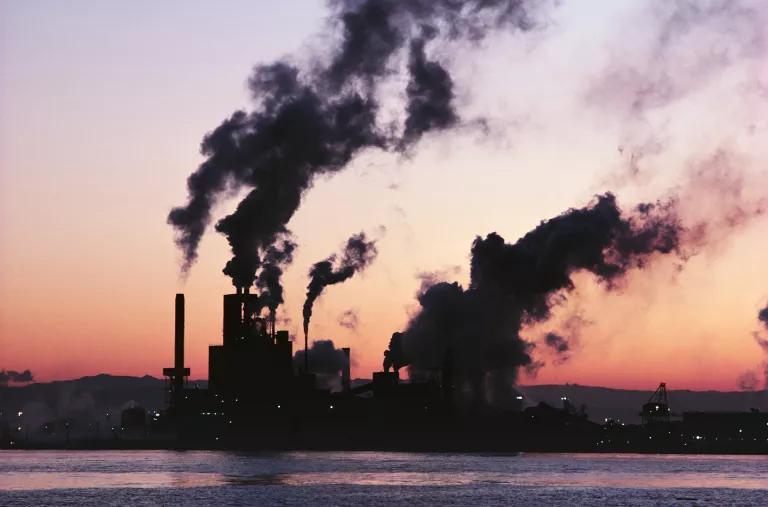
A waterfront factory pumping out clouds of smoke
The burning of fossil fuels like coal, oil, and gas for electricity, heat, and transportation is the primary source of human-generated emissions. A second major source is deforestation, which releases sequestered (or stored) carbon into the air. It’s estimated that logging, clearcutting, fires, and other forms of forest degradation release an average of 8.1 billion metric tons of carbon dioxide per year, accounting for more than 20 percent of all global CO2 emissions. Other human activities that generate air pollution include fertilizer use (a primary source of nitrous oxide emissions), livestock production (cattle, buffalo, sheep, and goats are major methane emitters), and certain industrial processes that release fluorinated gases. Activities like agriculture and road construction can also change the reflectivity of the earth’s surface, leading to local warming or cooling.
Though our planet’s forests and oceans absorb greenhouse gases from the atmosphere through photosynthesis and other processes, these natural carbon sinks can’t keep up with our rising emissions. The resulting buildup of greenhouse gases is causing alarmingly fast warming worldwide. It’s estimated that the earth’s average temperature rose by about 1 degree Fahrenheit during the 20th century. If that doesn’t sound like much, consider this: When the last ice age ended and the northeastern United States was covered by more than 3,000 feet of ice, average temperatures were just 5 to 9 degrees cooler than they are now.
The effects of global climate change
According to the World Economic Forum’s Global Risks Report 2021, the failure to mitigate and adapt to climate change is “the most impactful” risk facing communities worldwide—ahead of even weapons of mass destruction and water crises. Blame its cascading effects: As climate change transforms global ecosystems, it affects everything from the places we live to the water we drink to the air we breathe.
And though climate change affects everyone in some way, it’s indisputable that its most negative impacts are borne disproportionately by certain groups: women, children, people of color, Indigenous communities, and the economically marginalized. Climate is a human rights issue.
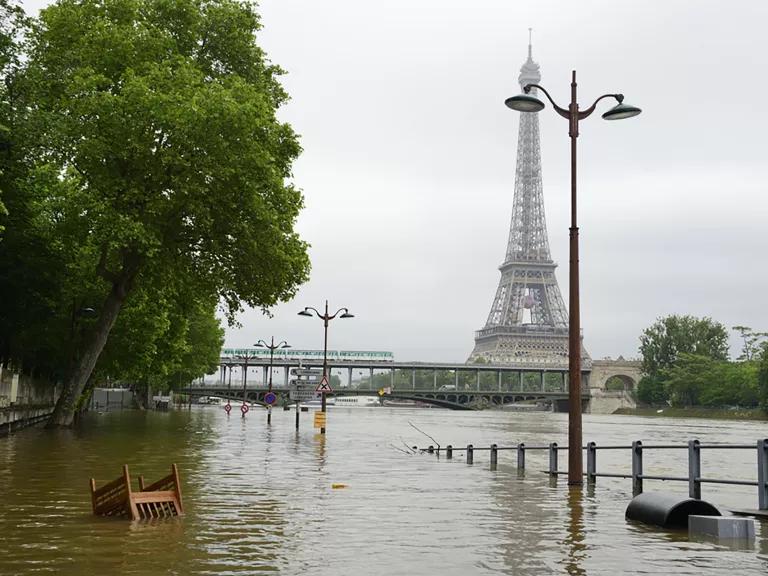
A view of the Seine river flood in Paris near Bir-Hakeim bridge, which reached a 30-year high in June 2016
Shutterstock
Extreme weather
As the earth’s atmosphere heats up, it collects, retains, and drops more water, changing weather patterns and making wet areas wetter and dry areas drier. Higher temperatures worsen and increase the frequency of many types of disasters, including storms, floods, heat waves, and droughts. These events can have devastating and costly consequences, jeopardizing access to clean drinking water, fueling out-of-control wildfires, damaging property, creating hazardous-material spills, polluting the air, and leading to loss of life.
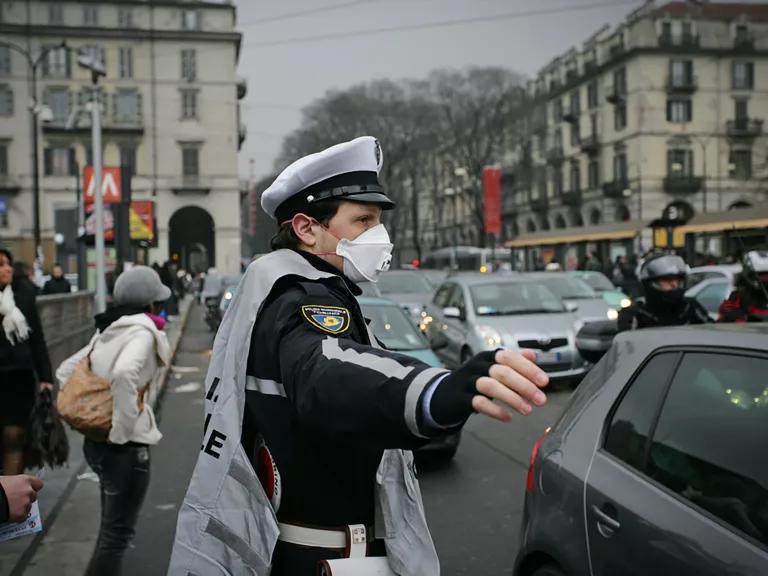
Smog in Turin, Italy
Mike Dotta/Shutterstock
Air pollution and climate change are inextricably linked, with one exacerbating the other. When the earth’s temperatures rise, not only does our air get dirtier—with smog and soot levels rising accordingly—but it also becomes filled with more allergenic pollutants, such as circulating mold (thanks to damp conditions from extreme weather and more floods) and pollen (due to longer, stronger pollen seasons).
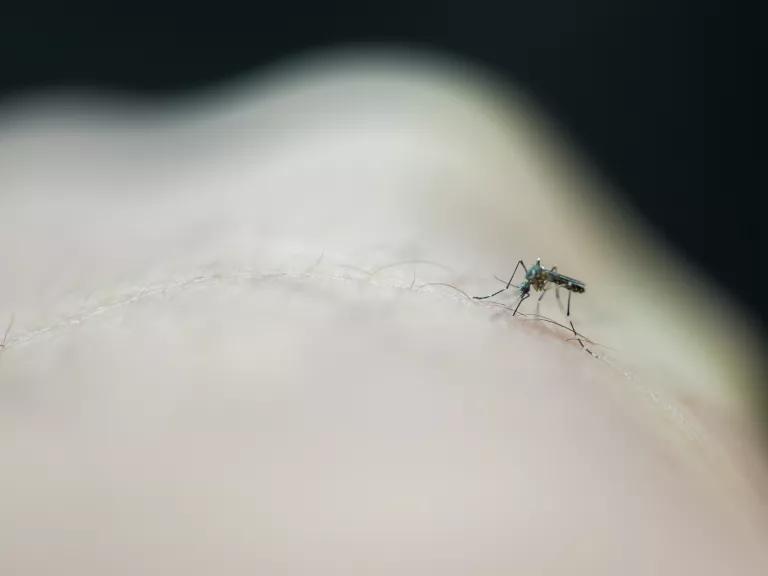
The Aedes mosquito can spread serious diseases such as dengue fever, yellow fever, and the Zika virus.
U.S. Air Force/Master Sgt. Brian Ferguson
Health risks
According to the World Health Organization, “climate change is expected to cause approximately 250,000 additional deaths per year” between 2030 and 2050. As global temperatures rise, so do the number of fatalities and illnesses from heat stress, heatstroke, and cardiovascular and kidney disease. And as air pollution worsens, so does respiratory health—particularly for the 300 million people living with asthma worldwide; there’s more airborne pollen and mold to torment hay fever and allergy sufferers too. Extreme weather events, such as severe storms and flooding, can lead to injury, drinking water contamination, and storm damage that may compromise basic infrastructure or lead to community displacement. Indeed, historical models suggest the likelihood of being displaced by a disaster is now 60 percent higher than it was four decades ago—and the largest increases in displacement are being driven by weather- and climate-related events. (It’s worth noting that displacement comes with its own health threats, such as increases in urban crowding, trauma, social unrest, lack of clean water, and transmission of infectious diseases.) A warmer, wetter world is also a boon for insect-borne diseases such as dengue fever, West Nile virus, and Lyme disease.

Aerial of the Marshall Islands landscape, which are feeling the effects of rising sea levels
Erin Magee, DFAT
Rising seas
The Arctic is heating up twice as fast as any other place on the planet. As its ice sheets melt into the seas, our oceans are on track to rise by anywhere from 0.95 to 3.61 feet by the end of this century, threatening coastal ecosystems and low-lying areas. Island nations face particular risk, as do some of the world’s largest cities, including New York City, Miami, Mumbai in India, and Sydney in Australia.
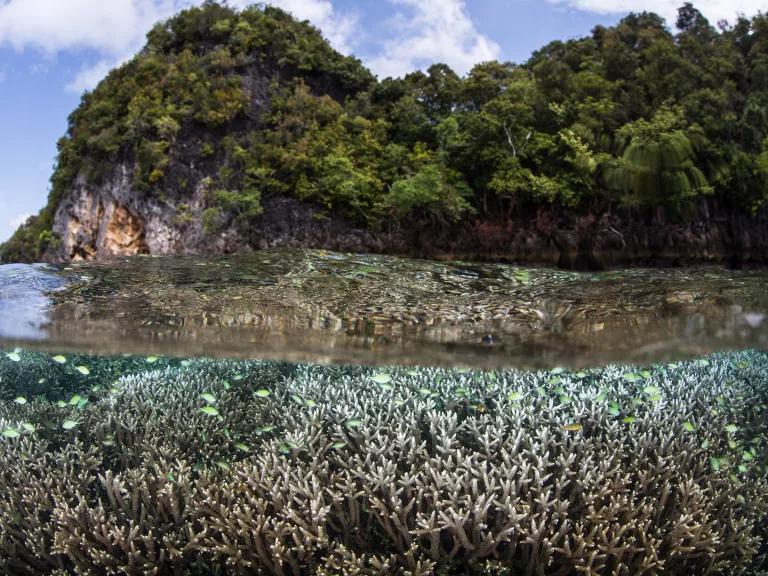
Fish and corals near Limestone Island, Indonesia
iStock
Warmer, more acidic oceans
The earth’s oceans absorb between one-quarter and one-third of our fossil fuel emissions and are now 30 percent more acidic than they were in preindustrial times. This acidification poses a serious threat to underwater life, particularly creatures with calcified shells or skeletons like oysters, clams, and coral. It can have a devastating impact on shellfisheries, as well as the fish, birds, and mammals that depend on shellfish for sustenance. In coastal communities where fishing and seafood production sustain the local economy, this impact extends to human populations as well, destroying livelihoods and opening the door to economic ruin. Rising ocean temperatures are also altering the range and population of underwater species and contributing to coral bleaching events that are capable of killing entire reefs—ecosystems that support more than 25 percent of all marine life.
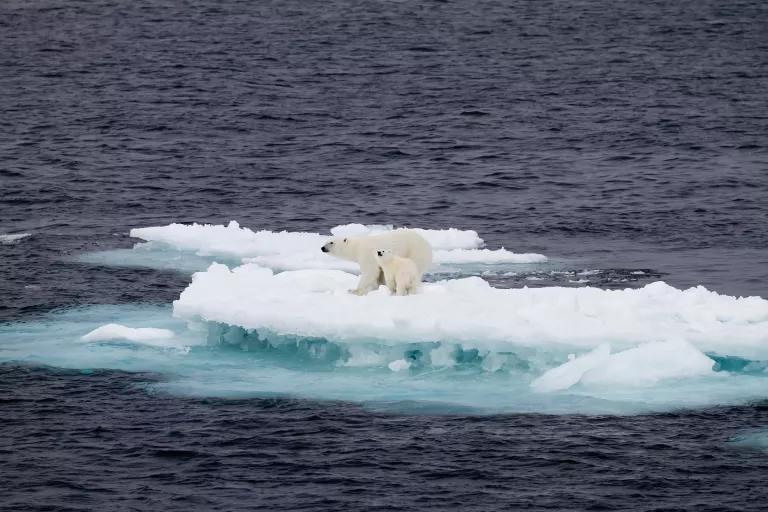
Two polar bears on a small ice floe
iStock
Imperiled ecosystems
Climate change is increasing pressure on wildlife to adapt to changing habitats—and fast. Many species are seeking out cooler climates and higher altitudes, altering seasonal behaviors, and adjusting traditional migration patterns. These shifts can fundamentally transform entire ecosystems and the intricate webs of life that depend on them. As a result, according to a 2020 study, one-third of all animal and plant species could face extinction by 2070. Another study showed that mammals, fish, birds, reptiles, and other vertebrate species are disappearing many times faster than they should be, a phenomenon that has been linked to climate change, pollution, and deforestation—all interconnected threats. In early 2021, climate and biodiversity experts issued a joint report illustrating these interconnections and urging simultaneous action on both fronts. On the flip side, milder winters and longer summers have enabled some species to thrive, including tree-killing insects that are endangering entire forests.
Climate change facts
Despite what climate deniers and fossil fuel lackeys claim—for instance, that the science on global warming is “far from settled”—there’s nothing to debate: Climate change is a reality. In the words of the Intergovernmental Panel on Climate Change (IPCC), the foremost international scientific body for the assessment of the phenomenon, “[w]arming of the climate system is unequivocal, and since the 1950s, many of the observed changes are unprecedented over decades to millennia. The atmosphere and ocean have warmed, the amounts of snow and ice have diminished, and sea level has risen.”
But you don’t have to be a climate scientist to understand how the world has already changed. Our last decade—2010 to 2019—was hotter than any other decade in at least the past 1,300 years. Second place goes to the decade before it: 2000 to 2009. And the first year of the new decade, 2020, is tied with 2016 for the hottest individual year ever recorded. With this increased heat, of course, have come more frequent and more intense weather-related disasters. The first half of 2021 was marked by record heat, drought, and wildfires in the western United States and Canada and by record rainfall and flooding in Europe. And without immediate climate action, these records won’t be records for long: They’ll be broken next year, or shortly thereafter. “The science is clear,” writes Vijay Limaye, NRDC scientist. “These dangerous effects of climate change will worsen each year that we fail to curb the pollution that is destabilizing our planet.”
The responsibility to reverse this worrying trend lies with us. At least 97 percent of actively publishing climate scientists endorse the consensus position that humans are the lead drivers of climate change. As the IPCC has stated—with its highest degree of confidence—“It is extremely likely that more than half of the observed increase in global average surface temperature from 1951 to 2010 was caused by the anthropogenic increase in GHG concentrations and other anthropogenic forcings together.”
Climate change solutions
Paris Agreement
The Biden administration has committed to the principles set forth during the 2015 Paris Climate Change Conference, where nearly every nation on the earth committed to actions aimed at shifting away from dirty fossil fuels and toward cleaner, smarter energy options in order to limit global temperature rise this century to 2 degrees Celsius—or 1.5 degrees Celsius, if possible.
On Earth Day in 2021, President Biden committed the United States to cutting its carbon pollution by 50 to 52 percent from 2005 levels—nearly double what President Obama had promised—and to do it by 2030, just five years later than the original deadline set when the United States first joined the agreement. While bold, the new targets are achievable, but only if Congress, states, and the business sector join in to help us get there by doing things like setting a national clean energy standard, electrifying our fleet of cars and trucks, curbing methane emissions, and maximizing building efficiency.
Developments in clean energy technology
Every year brings with it news of exciting breakthroughs in the production and distribution of renewable energy sources such as wind and solar, which are becoming ever cheaper to generate and ever more popular with consumers, businesses, utilities, and governments. At the same time, carmakers around the world are working to develop new battery technologies that will result in the replacement of hundreds of millions of gas-powered cars with zero-emissions vehicles. These trends should be encouraged by smart, forward-looking public policy—such as Biden’s Build Back Better agenda, which ties the post-pandemic economic recovery in the United States to projects that will curb climate change while putting tens of millions of unemployed or underemployed people to work in good-paying jobs.
Climate action at home
Tackling global climate change is a Herculean task, one that depends on international consensus and the efforts of communities, companies, and individuals alike. To that end, many states, from California to Iowa, are championing clean energy industries, such as solar and wind; U.S. cities are taking action to mitigate climate change and bolster climate resilience while placing equity at the forefront; and corporations—including some of the world’s largest multinationals—are pledging to change the way they do business to achieve net-zero emissions by 2040.
There are myriad ways that you can help too. You can join, amplify, or otherwise support the international youth climate movement that has emerged in the last few years as a galvanized response to government inaction; in rallies and marches around the world, this movement is letting leaders know that delay on climate action will no longer be tolerated. You can also pick up the phone to call Congress about environmental policies that matter, supporting renewable energy projects, and prioritizing fuel and energy efficiency that will not only curb individual carbon emissions but bolster clean alternatives to dirty fossil fuels. We must all step up—and now.
This story was originally published on February 23, 2017, and has been updated with new information and links.
This NRDC.org story is available for online republication by news media outlets or nonprofits under these conditions: The writer(s) must be credited with a byline; you must note prominently that the story was originally published by NRDC.org and link to the original; the story cannot be edited (beyond simple things such as grammar); you can’t resell the story in any form or grant republishing rights to other outlets; you can’t republish our material wholesale or automatically—you need to select stories individually; you can’t republish the photos or graphics on our site without specific permission; you should drop us a note to let us know when you’ve used one of our stories.

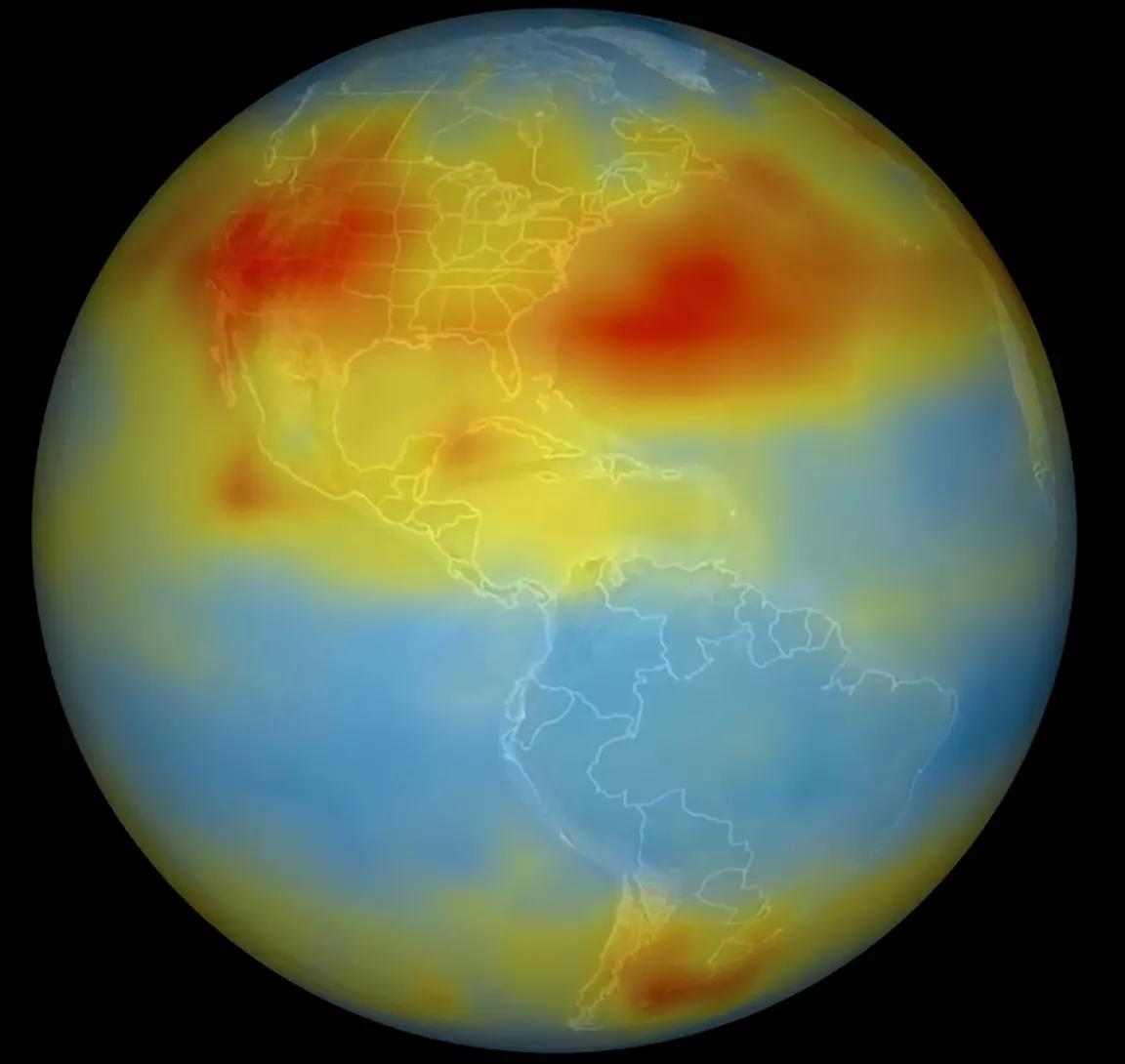
Liquefied Natural Gas 101
1.5 Degrees of Global Warming—Are We There Yet?
When Customers and Investors Demand Corporate Sustainability
Liquefied Natural Gas 101
1.5 Degrees of Global Warming—Are We There Yet?
When Customers and Investors Demand Corporate Sustainability
Liquefied Natural Gas 101
1.5 Degrees of Global Warming—Are We There Yet?
When Customers and Investors Demand Corporate Sustainability
Liquefied Natural Gas 101
1.5 Degrees of Global Warming—Are We There Yet?